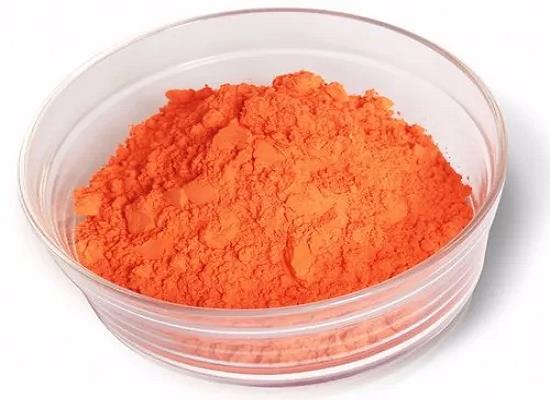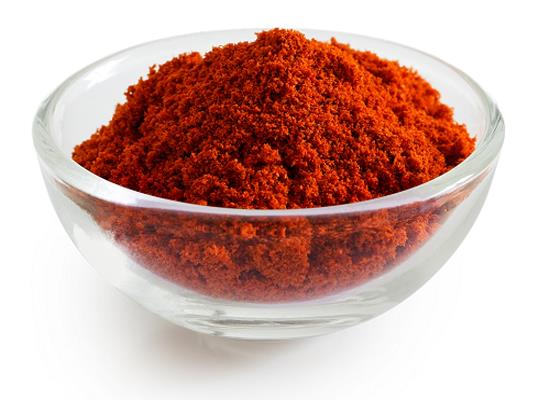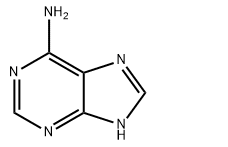4-Hydroxy-2,2,6,6-tetramethyl-piperidinooxy: pharmacokinetics and activity
General Description
4-Hydroxy-2,2,6,6-tetramethyl-piperidinooxy is a heterocyclic compound and is rapidly absorbed and distributed throughout the body. It undergoes minimal metabolism, mainly converting to its hydroxylamine form. The primary route of elimination is renal excretion. 4-Hydroxy-2,2,6,6-tetramethyl-piperidinooxy has shown potential in preventing oxidative stress, lowering blood pressure, treating polycystic ovary syndrome, and exhibiting antitumor effects. It enhances the metabolism of reactive oxygen species, improves endothelium-dependent vasodilation, reduces intestinal oxidative stress, and induces apoptosis in cancer cells.
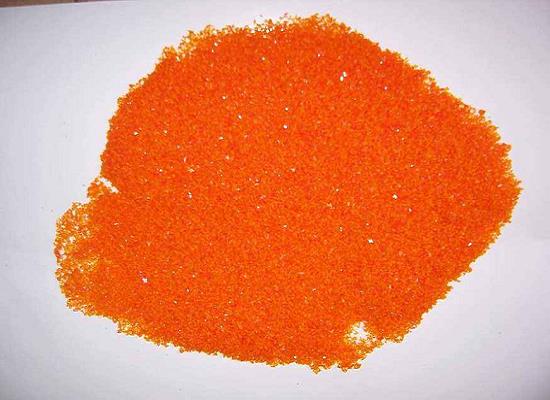
Figure 1. 4-Hydroxy-2,2,6,6-tetramethyl-piperidinooxy
Pharmacokinetics
When administered orally or through various routes, it is rapidly and well-absorbed. Due to its lipophilic nature, 4-Hydroxy-2,2,6,6-tetramethyl-piperidinooxy distributes extensively throughout the body, crossing cell membranes easily. In terms of metabolism, 4-Hydroxy-2,2,6,6-tetramethyl-piperidinooxy undergoes minimal metabolic processes. The primary metabolic pathway involves conversion to its corresponding hydroxylamine form. This biotransformation mainly occurs through enzymatic oxidation and reduction reactions. Elimination of 4-Hydroxy-2,2,6,6-tetramethyl-piperidinooxy primarily takes place via renal excretion. Both unchanged 4-Hydroxy-2,2,6,6-tetramethyl-piperidinooxy and its metabolites are excreted in the urine. The elimination half-life of 4-Hydroxy-2,2,6,6-tetramethyl-piperidinooxy can vary depending on factors such as dosage and administration route. 1
Activity
Prevention of oxidative stress
4-Hydroxy-2,2,6,6-tetramethyl-piperidinooxy has shown great potential in animal models of oxidative stress. It enhances the metabolism of reactive oxygen species and increases the bioavailability of nitric oxide. Research has revealed its beneficial effects on mitochondria protection, improving tissue oxygenation and preventing oxidative damage. In models of diabetes and metabolic syndrome, 4-Hydroxy-2,2,6,6-tetramethyl-piperidinooxy improves insulin responsiveness and prevents heart failure. It also demonstrates protective properties in organs like the heart, brain, and kidneys against ischemia/reperfusion damage and excess mineralocorticoids. Additionally, 4-Hydroxy-2,2,6,6-tetramethyl-piperidinooxy shows promise in systemic effects such as enhancing survival in shock models and selectively protecting normal cells from radiation. Its potential for preventing age-related diseases and radiation-induced damage warrants further investigation. 2
Blood pressure benefits
4-Hydroxy-2,2,6,6-tetramethyl-piperidinooxy shows promise in improving endothelium-dependent vasodilation and lowering blood pressure. As a water-soluble and cell-permeable superoxide dismutase mimetic, 4-Hydroxy-2,2,6,6-tetramethyl-piperidinooxy scavenges free radicals and may open potassium channels to exert its effects. Studies demonstrate that 4-Hydroxy-2,2,6,6-tetramethyl-piperidinooxy can normalize and restore NO-dependent vasodilation in hypertensive animals, and both short-term and long-term administrations of 4-Hydroxy-2,2,6,6-tetramethyl-piperidinooxy reduce blood pressure. Furthermore, it may inhibit the sympathetic nervous system. Although limited toxicity has been reported in rodents, further research is needed before considering human administration. Lowering oxidative stress through free radical scavenging presents a potential new strategy for antihypertensive treatment. 3
Therapeutic effects of polycystic ovary syndrome
4-Hydroxy-2,2,6,6-tetramethyl-piperidinooxy has shown potential therapeutic effects in polycystic ovary syndrome. In a study conducted on DHEA-induced polycystic ovary syndrome rats, 4-Hydroxy-2,2,6,6-tetramethyl-piperidinooxy was found to alleviate ovarian dysfunction and improve glucose tolerance. It significantly reduced intestinal oxidative stress without affecting ovarian redox rate. Analysis of the gut microbiome and serum metabolites revealed differences between control and polycystic ovary syndrome rats, which were attenuated by 4-Hydroxy-2,2,6,6-tetramethyl-piperidinooxy intervention. 4-Hydroxy-2,2,6,6-tetramethyl-piperidinooxy altered the gut microbiome by increasing the abundance of Ruminococcus_1 and decreasing the abundance of Ruminococcus_2, Staphylococcus, Ideonella, and Corynebnacterium genera. Moreover, 4-Hydroxy-2,2,6,6-tetramethyl-piperidinooxy improved the reduction of serum bile acid and stachyose levels in polycystic ovary syndrome rats. The administration of stachyose, a host metabolite influenced by 4-Hydroxy-2,2,6,6-tetramethyl-piperidinooxy, also improved ovarian dysfunction in polycystic ovary syndrome rats. These findings suggest that 4-Hydroxy-2,2,6,6-tetramethyl-piperidinooxy ameliorates the polycystic ovary syndrome phenotype by reducing intestinal oxidative stress, restoring gut dysbiosis, and modulating the interaction between gut microbiota and host metabolites. 4
Antitumor effects
4-Hydroxy-2,2,6,6-tetramethyl-piperidinooxy exhibits antitumor activity on lung-related cells. 4-Hydroxy-2,2,6,6-tetramethyl-piperidinooxy inhibited cell growth in lung cancer and normal cells. It induced apoptosis by altering mitochondrial membrane potential and activating caspase-3. There was no difference in susceptibility to 4-Hydroxy-2,2,6,6-tetramethyl-piperidinooxy between cancer and normal cells. Treatment with 4-Hydroxy-2,2,6,6-tetramethyl-piperidinooxy increased reactive oxygen species, including superoxide anion, and depleted glutathione levels. Z-VAD, a caspase inhibitor, reduced apoptotic cells. Overall, 4-Hydroxy-2,2,6,6-tetramethyl-piperidinooxy’s antitumor effects involved apoptosis and/or necrosis, accompanied by increased reactive oxygen species levels and decreased glutathione. 5
Reference
1. Metz JM, Smith D, Mick R, et al. A phase I study of topical Tempol for the prevention of alopecia induced by whole brain radiotherapy. Clin Cancer Res, 2004, 10(19):6411-6417.
2. Wilcox CS. Effects of tempol and redox-cycling nitroxides in models of oxidative stress. Pharmacol Ther, 2010, 126(2):119-145.
3. Simonsen U, Christensen FH, Buus NH. The effect of tempol on endothelium-dependent vasodilatation and blood pressure. Pharmacol Ther. 2009, 122(2):109-124.
4. Li T, Zhang T, Gao H, et al. Tempol ameliorates polycystic ovary syndrome through attenuating intestinal oxidative stress and modulating of gut microbiota composition-serum metabolites interaction. Redox Biol, 2021, 41:101886.
5. Park WH. Tempol Inhibits the Growth of Lung Cancer and Normal Cells through Apoptosis Accompanied by Increased O2•- Levels and Glutathione Depletion. Molecules, 2022, 27(21):7341.
);You may like
See also
Lastest Price from 4-Hydroxy-2,2,6,6-tetramethyl-piperidinooxy manufacturers

US $3.00-3.00/kg2024-04-30
- CAS:
- 2226-96-2
- Min. Order:
- 1 mkg
- Purity:
- 99.5%
- Supply Ability:
- 500mt
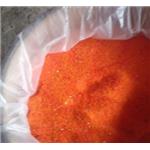
US $25.00/kg2024-01-08
- CAS:
- 2226-96-2
- Min. Order:
- 1kg
- Purity:
- 99.96%
- Supply Ability:
- 500ton

